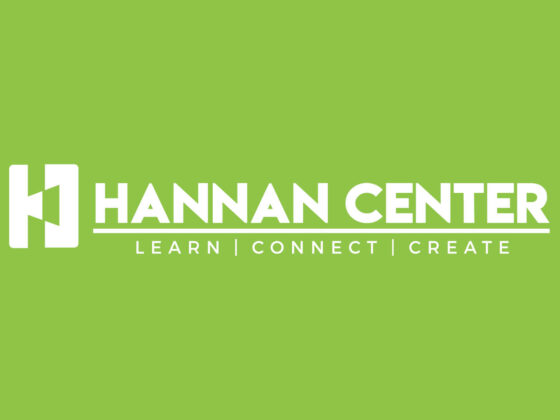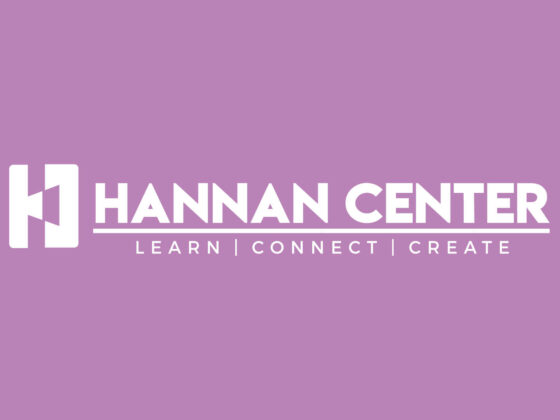Shared by Vincent Tilford – CEO/President Hannan Center, Midtown Detroit
Years ago, I participated in a supervisor training program. At the start of one session, the course instructor pulled a brand new $100 bill from her wallet and asked who wanted the money. Everyone raised their hand. But what she did next surprised us! She let the Benjamin fall to the floor then stepped on it, twisting her foot back and forth as if snuffing out a cigarette. After picking it up, the facilitator wadded the paper bill in a tight fist before smoothing it out to reveal a tear.
“How many of you still want this $100 bill?” she asked. Again, every hand shot up. She told us to keep our hands raised.
“What if I poured mud on it? Lower your hand if you’ve changed your mind.” No one did.
She had made her point – the intrinsic value of the $100 bill hadn’t changed. It is the same whether it is brand new, or dog-eared and dirty. And there was not a question in anyone’s mind about the money’s worth.
The demonstration was an apt metaphor for what happens to us as we age. Over the years, we accumulate experiences others value. We become that crisp $100 bill! But when we have been in circulation for a few decades, we may not look brand new anymore. Our experiences, skills, and talents lie hidden beneath a mature, well-worn exterior, which is what most people see first. We need to look no further than the cruel comments like “boomer remover” that worked their way into the pandemic narrative, giving people greater permission to devalue the worth of our older population. And sadly, even those in our senior years accept this devaluation as truth.
At its core, dignity is the recognition of the intrinsic worth of every individual. It is about a fundamental belief that all humans possess an unalienable value regardless of their circumstances. Dignity also encompasses concepts of autonomy —the right to make choices and control one’s life and body— and equality, the notion that all human beings are equal regarding their fundamental worth and rights, regardless of their differences. We all need this validation, particularly as we enter our senior years, when we can feel unheard, unseen, invisible and devalued.
William Shakespeare, in The Merchant of Venice, illustrated these themes of dignity, empathy, and the universal nature of human experience through the character, Shylock, a Jewish moneylender.
“If you prick us, do we not bleed? If you tickle us, do we not laugh? If you poison us, do we not die?”
The whole passage is a poignant expression we all are members of the human race, emphasizing that despite cultural, religious, or racial differences, all people share the same essential human qualities and vulnerabilities.
Our dignity acts as our anchor. It is the inner compass that guides our actions, influences self-esteem, and molds our identity. The respect we accord ourselves and demand from others stems from this inherent dignity. Shylock wanted to be seen, heard, and judged not for his religion, but through the lens of our common bond of humanity.
In theory, to honor the dignity of our brothers and sisters on this planet is universally understood. It connects diverse peoples, transcends culture, race, age, and economic differences. In a sense, dignity should provide fertile ground for mutual understanding and respect to take root and thrive. But too often, we see differences first, mainly when we interact with those we do not know or who represent ideas we fear. So, taking the lazy shortcut, we use stereotypes as filters rather than engaging in the necessary work to know and understand the person beneath the facade that invokes our bias.
Recognizing our shared humanity is not about being “woke.” Respecting the dignity of individuals has been around since the beginning of time. Take the Old Testament story of Noah.
In the story, Noah becomes drunk and lies uncovered in his tent. Ham, one of his sons, sees him naked and tells his two brothers, Shem and Japheth. Instead of disrespecting their father, Shem and Japheth take a garment and walk backward into the tent to cover Noah carefully avoiding seeing him. When Noah awakens and learns what Ham did, he curses Ham’s son Canaan, and blesses Shem and Japheth for their deference and decency.
Respecting Noah, and preserving the dignity of this older person, mattered to two of his sons despite Noah having created the humiliating situation. This story resonates with most of us at some level. However sometimes preserving our dignity, and honoring our shared humanity, does not matter to those we trust with our care or the care of our loved ones.
Recently, a colleague shared with me a tragic tale about her friend, Linda. Linda had been in a nursing facility and suffered from diabetes. High blood sugar levels can lead to poor blood circulation. Reduced blood flow can impair skin healing and reduce its ability to fight infections. This means cuts, sores, or injuries on the skin may take longer to heal and are more susceptible to infection.
Linda developed a decubitus ulcer, also known as a bed sore. They occur when the skin and underlying tissues are pressed against a bone and an external surface (like a bed or a wheelchair) for a prolonged period. The pressure reduces circulation to the area, and without adequate blood flow, the skin and nearby tissues deprived of oxygen and nutrients leads to tissue damage and sometimes death. In the friend’s case, her caregivers left her in the same position for so long that an ulcer formed, creating a hole the size of a grapefruit revealing Linda’s hip bone. Had Linda’s caregivers just rotatedher and shifted her regularly to alleviate the constant pressure, this severe ulceration could have been avoided. But they did not. The very people entrusted to care for her care did not think she mattered enough to provide the proper assistance, and unfortunately Linda did not survive.
In this situation why didn’t the people in charge of Linda’s care show the proper concern and attention? Was it because she was sickly and old? Possibly because she was black? Or was it because she was a woman? Perhaps reading this you wonder, “Why make this about age, race, and gender? Maybe the care workers were incompetent, lazy, or short-staffed.”
We may never know why this institution and its personnel caused this tragedy. But would those who oversaw Linda’s care do things differently if she had been their mother, sister, or someone they loved who had the same health issues? Had they used a different lens, one that knew Linda as a mother of three children, a grandmother to seven children, and a church volunteer who often donated her time and money to help those less fortunate than she, would they have done more? Had Linda’s caregivers embraced their shared humanity, and treated her with the dignity she deserved, she may still be alive.
Understanding and recognizing dignity plays a pivotal role in ethics. It is the foundation upon which many human rights principles are built. The concept that every person deserves fair treatment, freedom, and opportunities for fulfillment is rooted in the individual’s inherent dignity. But too often, this aspirational goal stays mired in theory, never embedding itself into our DNA so it becomes a reflex rather than an afterthought. The result is “-isms” like racism, sexism, and ageism are perpetuated.
Ageism is especially pernicious because we do not perceive the harm that an ageist belief system has on all of us, but its effects are nonetheless real. Research shows people who view aging positively have a life expectancy of seven to eight years longer than those who hold negative views. So, it is in our best interest to fight ageism.
To acknowledge the worth of every individual, especially our seniors who have contributed a lifetime of experiences and wisdom, is not just a moral obligation it means to enrich our communities and, by extension, our own lives. As we champion dignity and fight against ageism, and other biases, we uplift others and ourselves while fostering a world where every life stage is valued. We create a future where the full potential of our shared humanity is honored and realized, and every individual is seen for their true worth.



Well done Vince. Ageism is pernicious in our society. Our children hear remarks about old people from parents, family, and neighbors. It permeates through the “Pepsi ” generation. It is unlawful in the workplace and in commerce, but by adulthood, it is cultural and even socially acceptable. Social influencers must speak out with a steady drumbeat and keep at it.